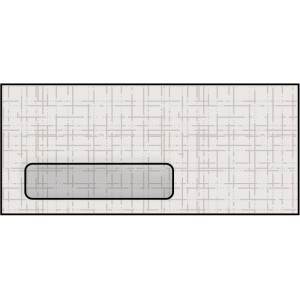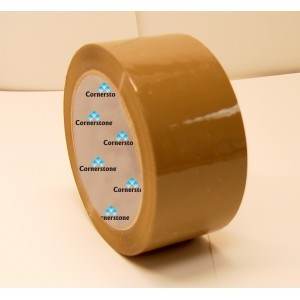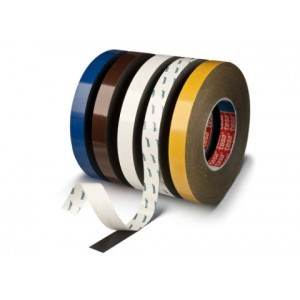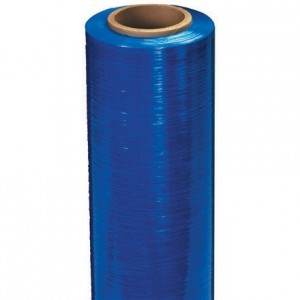Going green in packaging is a trend that is not going away. Sure, it has seen it's fair share of hype when it comes to the over-marketing, over-dramatized and quite frankly, greenwashed, public relations' tricks of the industry. However, despite all of the gobbledygook that exists, there are a few basic principles that have to be brought to life.
Green packaging is becoming a necessity because packaging itself produces a lot of waste. Regardless of your political persuasion, or your ideological conviction, the world is experiencing several different changes. It doesn't take a scientist to realize that our atmosphere is undergoing powerful, and scary, overhaul.
Did you know?
- Each ton of recycled paper can save 17 trees, 380 gallons of oil, three cubic yards of landfill space, 4000 kilowatts of energy and 7000 gallons of water.
- Only 1% of the world's water supply is usable- 97% is in the ocean and 2% is frozen.
- It takes a 15-year-old tree to produce 700 paper grocery bags. Paper recycling began in the U.S. in the 1930s.
- Today, this country recycles 32% of its waste, a rate that almost doubled during the past 15 years.
- 7% of Americans compost.
- 65 billion bottles are produced per year for beverages. Even a small savings in weight results in significant savings.
- 64 billion paper and 73 billion styrofoam & plastic cups and plates were thrown away in 2003 in the U.S.









